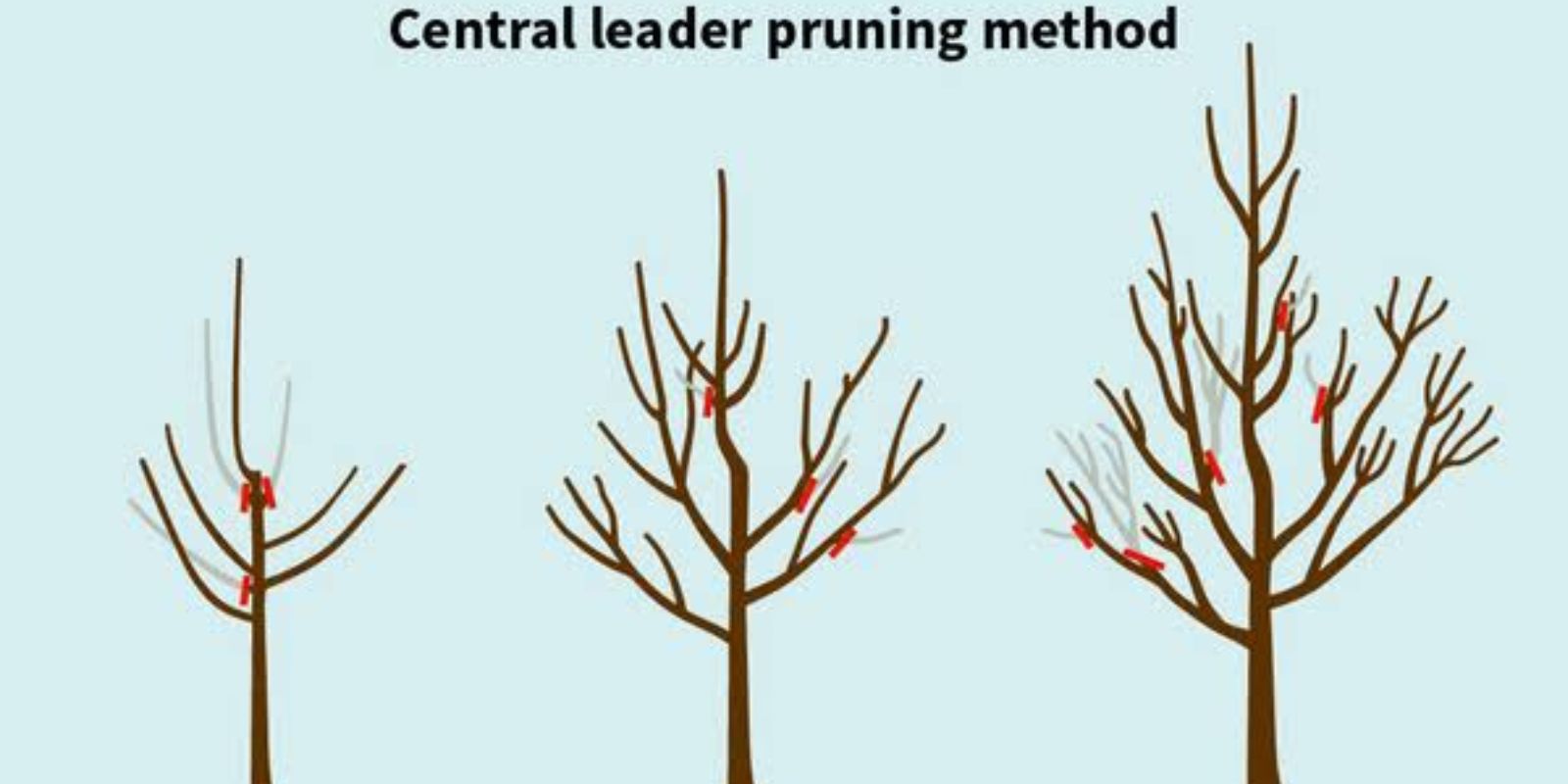Pruning apple trees is one of the most essential and rewarding tasks for any gardener or orchardist. It’s not just about aesthetics; it’s a practice that directly impacts the health, growth, and productivity of your apple tree. Proper pruning encourages abundant fruiting, prevents diseases, and ensures your tree remains strong and beautiful for years to come.
This comprehensive guide will walk you through the “why,” “when,” and “how” of apple tree pruning, complete with tips to ensure success. Whether you’re a beginner or an experienced gardener, you’ll find everything you need to master this vital gardening skill.
Why Prune Apple Trees?
Apple trees, like all fruit trees, benefit immensely from regular pruning. Here are the main reasons:
- Promotes Tree Health:
Pruning removes dead, diseased, or damaged branches, preventing pests and infections from taking hold. - Improves Crown Ventilation and Light Exposure:
By thinning the canopy, pruning allows sunlight to penetrate all parts of the tree. This improves photosynthesis and fruit quality while reducing the risk of fungal diseases. - Prevents Limb Overload:
Without pruning, apple trees can produce too many fruits, causing branches to break under their weight. Pruning helps distribute energy for fewer but larger and healthier apples. - Encourages Fertility:
Pruning stimulates the growth of new shoots and buds, setting the stage for higher fruit yields in the coming years.
When to Prune Apple Trees
The timing of pruning plays a crucial role in achieving your desired results. There are two main pruning seasons:
1. Winter Pruning (February–March):
- Purpose: This is the primary pruning time for apple trees, focusing on structural development and stimulating growth.
- Conditions: Prune during dormancy when the tree has no leaves, and the shape is clearly visible.
2. Summer Pruning (July–August):
- Purpose: This lighter pruning session helps regulate growth and refine the shape of the tree. It’s ideal for removing water sprouts (fast-growing vertical shoots) and correcting minor crown issues.
- Conditions: Perform this pruning after the tree has finished flowering and while it’s still active.
How to Prune Apple Trees
1. Prepare Your Tools
To ensure clean cuts and minimize the risk of infection, gather the right tools and prepare them:
- Use sharp, sterilized pruning shears, loppers, or a small pruning saw.
- Disinfect tools between cuts, especially when dealing with diseased branches.
2. Remove Deadwood
- Begin by cutting off any dead, diseased, or damaged branches.
- Look for branches with cracks, discoloration, or fungi. Removing these early prevents pests and infections from spreading.
3. Shape the Crown
Pruning is as much an art as it is a science. The goal is to create a well-balanced structure:
- Thin the Crown: Remove crowded branches, especially those growing inward or crossing over each other. This improves sunlight penetration and air circulation.
- Distribute Main Branches: Ensure the main structural branches (scaffolds) are evenly spaced around the trunk.
- Remove Vertical Shoots: Eliminate water sprouts or other shoots that grow straight up, as they rarely bear fruit.
4. Promote Fruiting
Pruning can encourage better fruit production by focusing the tree’s energy:
- Shorten about one-third of the length of new shoots (called “fruiting spurs”). This promotes the growth of buds that will develop into fruit.
5. Maintain Cutting Angles
Make precise cuts for optimal healing:
- Always cut at a slight angle, about 1 cm (0.4 inches) above a bud.
- Ensure the cut is clean and smooth, avoiding jagged edges that can invite disease.
Pro Tips for Successful Pruning
- Don’t Overdo It:
Pruning too much at once can stress the tree. Limit annual pruning to 20–30% of the crown to avoid overexposing the tree to sunlight or weakening it. - Understand the Tree’s Age:
- Young Trees: Focus on shaping the structure and establishing strong scaffolding branches.
- Mature Trees: Prioritize thinning the crown and maintaining the tree’s shape.
- Use Mulch and Fertilizer Post-Pruning:
After pruning, mulch the base of the tree and apply a balanced fertilizer to support new growth. - Inspect Regularly:
Check your tree throughout the year for signs of pests, diseases, or overgrowth. Addressing issues early reduces the need for heavy pruning later.
Common Mistakes to Avoid
1. Neglecting Regular Pruning:
Skipping annual pruning leads to overcrowded branches, poor fruit quality, and increased susceptibility to disease.
2. Cutting Too Close to a Bud:
Pruning too close to a bud can damage it, while leaving too much stub encourages rot.
3. Ignoring the Tree’s Natural Shape:
Forcing unnatural shapes can weaken the tree. Follow its natural growth patterns while guiding it into a balanced structure.
4. Pruning in the Wrong Season:
Pruning too early in winter or too late in summer can expose the tree to weather stress or prevent proper healing.
Benefits of Regular Pruning
With consistent pruning, your apple tree will reward you with:
- Higher Yields: Properly pruned trees produce larger, healthier, and more flavorful fruits.
- Longevity: Pruning strengthens the tree’s structure, making it more resilient to storms and heavy crops.
- Improved Aesthetics: A well-maintained apple tree adds beauty to your garden or orchard.
Conclusion: A Bountiful Harvest Awaits
Pruning apple trees is a skill that may take time to master, but the results are worth the effort. By understanding the “why,” “when,” and “how” of pruning, you’ll be well-equipped to maintain healthy, productive apple trees year after year.
With a little practice and care, your tree will thrive—producing delicious apples and standing as a testament to your dedication as a gardener.
What’s your biggest challenge with pruning apple trees? Let us know in the comments! 🍎

